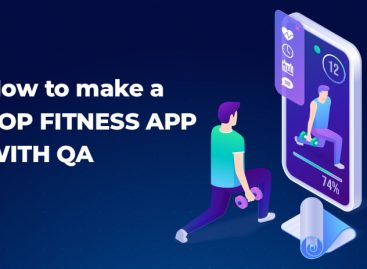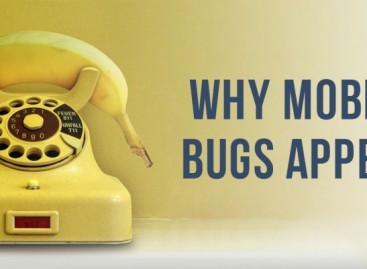- QATestLab Blog >
- Mobile Testing >
- Mobile Testing Under Different Network Connections
Mobile Testing Under Different Network Connections
Nowadays most of software products rely on the World Wide Web. Many of them cannot function without connection to the Internet. So, almost any web site testing, desktop testing or mobile application testing assumes using Internet.
Unlike personal computers mobile devices always use wireless connection technologies. Wireless connection is not so reliable and strong, as wired connection is. WiFi provides rather good connection but the connection is fine only when the device is not far from a hotspot, for instance, in an office, in a coffee room or in a library.
Outside or anywhere far from a WiFi hotspot a mobile device tries to connect to other Internet source, such as a cellular network. In such situations a mobile software product can freeze up, or crash. That is why during mobile testing one should check functioning of the tested application under different conditions of connection.
One of efficient approaches to checking of a software product work under various networking conditions is connectivity tour.
Connectivity Tour Assumes Checking How the Software Works When:
- WiFi signals are strong;
- WiFi signals are weak;
- the mobile device loses WiFi signals and connects to a cellular network and vice versa;
- the mobile device changes one cellular network type to another;
- the mobile device changes one WiFi signal to another;
- the mobile device moves into a dead spot;
- the mobile device finds wireless connection and moves out from a dead spot.
A software testing company finds that connectivity tour is effective for mobile application testing, but it is never utilized during desktop testing or web site testing as personal computers use wired connection or are close to a WiFi hotspot.
Learn more from QATestLab
Related Posts:
- Automation Testing for Mobile Apps: Why It’s Essential and Our Key Services
- How One Bug Can Wreck Your Reputation — And How QA Prevents It
- Testing on Real Devices — Just an Option or a Necessity?







No Comments Yet!
You can be the one to start a conversation.